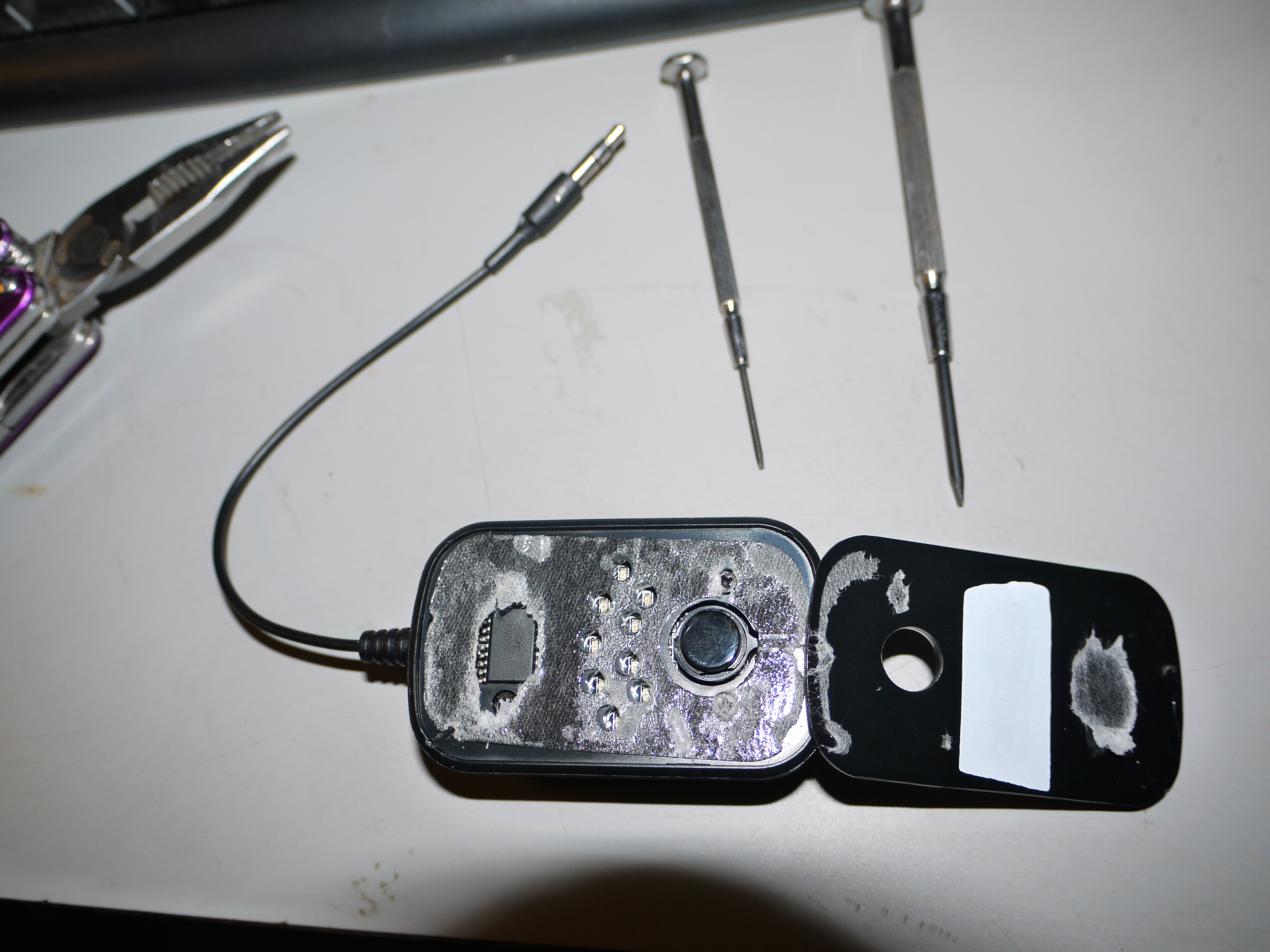Do you want a cheap car FM transmitter with (unlike most of the products you can buy) great audio quality and great signal strength? You want to get yourself a Scosche FMT4 and hack it!
This is technically illegal in the US, but so is transporting dentures, so take it with a grain of salt, I guess.
My suggestion for avoiding legal issues would be this: “Don’t be a jerk”. Use an unoccupied frequency, and use the minimum power that you need to be happy. This can mean shortening the antenna (use a quarter- or an eighth-wavelength instead of a full- or half-wave), or lowering the input power.
A brief test led me to believe that transmit power increases as input power increases past 2.4v, but I’ve never seen a schematic of this thing (or a datasheet for the chip). At some point I will try to make time to check reception at various points with various input voltages to validate this theory. (Did you ever wish you had an oscilloscope?)











